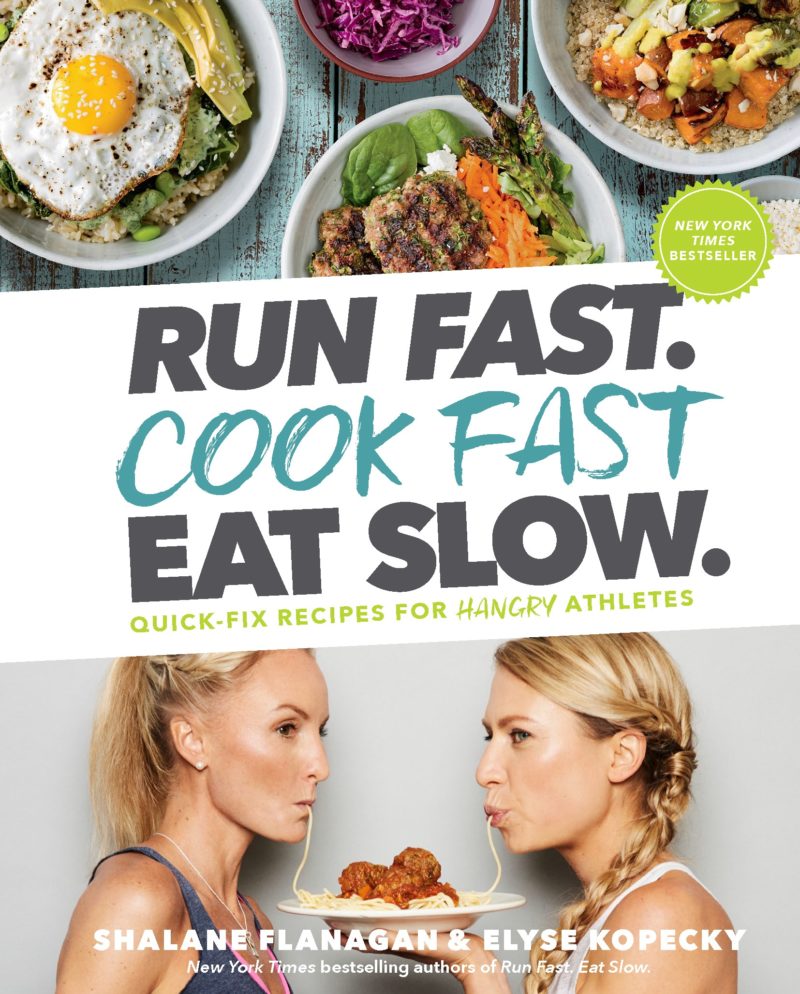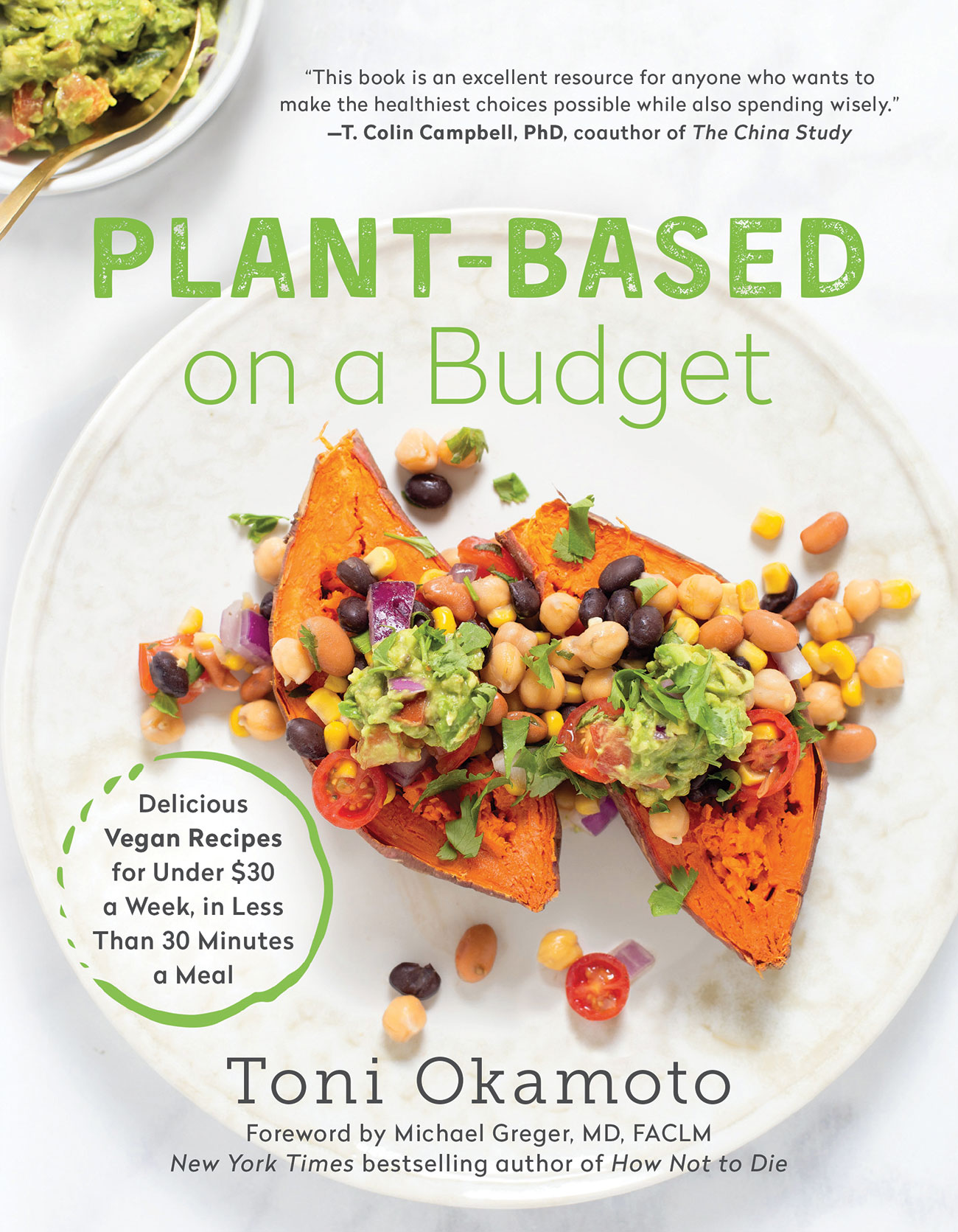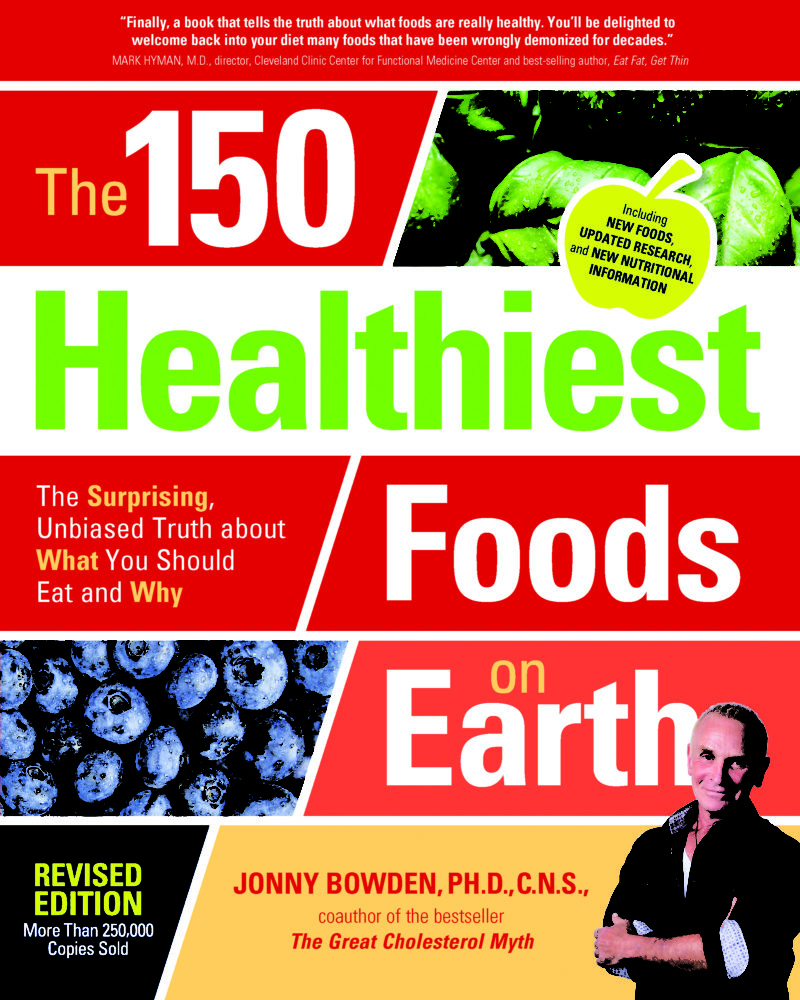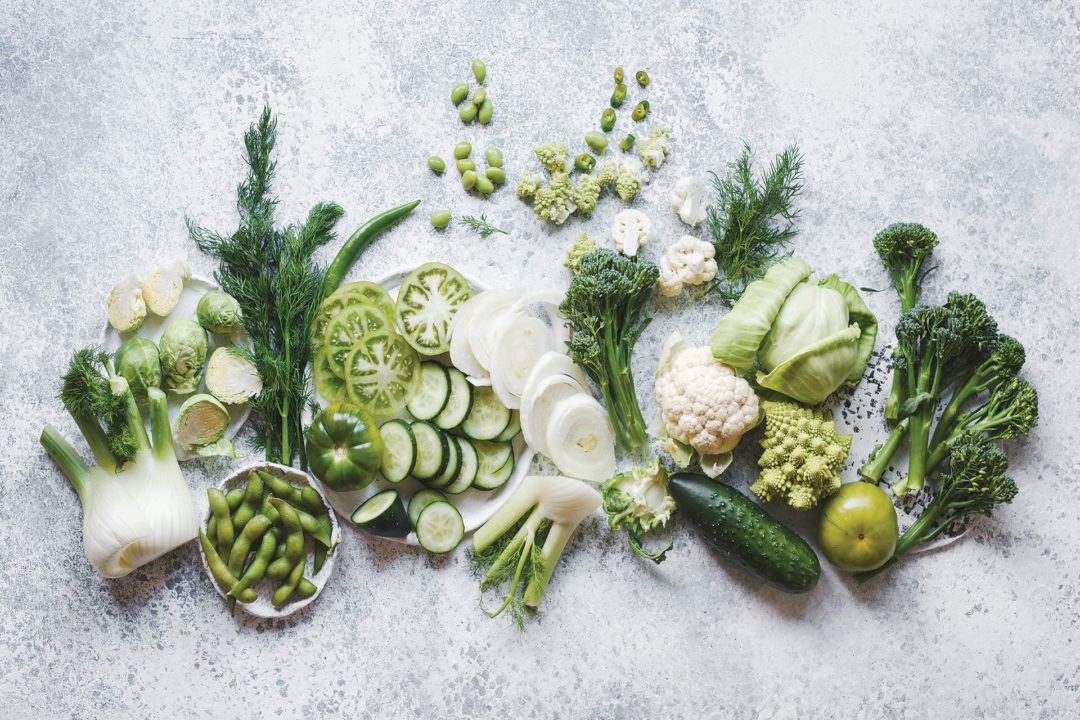What Is Plant-Based? A plant-based diet is not, necessarily, vegetarian or vegan, although those diets can certainly fall under the heading. Rather, it is exactly what the name says: based on plants. Fresh or frozen whole produce and whole grains are king in this diet. Animal products are allowed—it’s not a plant-only diet, just plant-based. The preference is, however, for minimally processed (and, if possible, minimally packaged) food.
The general trend should be towards health. A study published in The American Journal of Clinical Nutrition noted that “Regular consumption of fruit and vegetables is associated with reduced risks of cancer, cardiovascular disease, stroke, Alzheimer disease, cataracts, and some of the functional declines associated with aging.” According to an article by Michael Hobbes, published in Huffington Post, regarding the obesity epidemic: “It’s not how much we’re eating—Americans actually consume fewer calories now than we did in 2003. It’s what we’re eating. Researchers have found that the quality of our food affects disease risk independently of its effect on weight. All of our biological systems get thrown off by eating foods that are high in sugar, low in fiber and injected with additives. And which now, shockingly, make up 60 percent of the calories we eat” (4).
Thus, the ideal plant-based diet—modeled off of systems such as the Planetary Health diet, or Mediterranean, or Vegetarianism—sticks to whole foods, with around half of every plate being made up of vegetables and fruits, and a sizable portion consisting of whole grains. Poultry is preferable to red meat, but red meat is not excluded. Processed foods containing additives and preservatives should be severely limited.
Day-to-Day Living Once the actual definition of the diet has been established, some nutrition education might be in order. Consider how people put together a basic meal on the Standard American Diet: protein, carbohydrate, fat, vegetable. Broccoli roasted in olive oil with lemon chicken and brown rice. Looking at a weekly meal plan, things might get more variable, but that variety tends to occur on a macronutrient level—swap broccoli with carrots, brown rice with basmati, lemon chicken for tofu. A plant-based diet, on the other hand, requires alteration on a micronutrient level: If the goal is to get the whole wide range of vitamins, minerals, and phytochemicals available in plants, how does your customer create a weekly meal plan that accomplishes that goal?
The quickest, easiest tip: Go colorful. The more colors your customers can fit into a plate, a day, or a week, the better.
On a more specific level, it might take some research. Let’s look at kale. It’s particularly popular, and with good reason: one cup contains well over 1,000% daily value of vitamin K (no, not 100%, 1,000%), 98% daily value of vitamin A, antioxidant nutrients in the form of lutein and beta-carotene, flavonoids including kaempferol and quercetin, omega-3 fatty acids, and glucosinolates (5). That’s quite the nutrient punch for a single cup of leaves—but what about customers who don’t like kale? No worries: Encourage them to fill their basket with carrots, rich in lutein and beta-carotene; broccoli, with similar glucosinolate and flavonoid content; and spinach or grape leaves to knock out the fatty acids. No vegetable is one-to-one with another in terms of nutritional content, but on the upside, people can plan three different meals around three different veggies. Variety!
This kind of nutritional education can also be useful for those customers with children. Kids who might not take “good for you” as a good enough reason to eat a carrot might listen to an explanation that computer and phone screens emit blue light, which can hurt the eyes, but that dark leafy greens, carrots, and peas contain lutein and zeaxanthin, which can help protect eyes from that light. Children invested in sports might like to know that nutrients like vitamins C and B3 are necessary for the creation of ATP, or energy, and that they can get those vitamins in oranges, papayas, strawberries, bell peppers, brown rice, and portobello mushrooms. For those with younger kids, consider pointing them to books that make healthy, plant-based eating fun, like Squash Boom Beet by Lisa Maxbauer, which playfully offers A to Z insights on everything from awesome Asparagus to green tiger Zucchini. Maxbauer also has a companion website with fun family recipes (www.squashboombeet.com/recipes).
Sticking To It: The Necessity of Variety
A willingness to experiment with different spices and sauces might be what keeps your customers going. Kurtcia Collazo, long-time vegetarian and manager of audience engagement at WholeFoods Magazine, says that changing up flavors on a regular basis keeps her diet interesting: One day she might go for Thai, the next, Italian. Even the healthiest diet is hard to stick to if it gets boring. For more of her insights, read her WholeFoods online exclusive blog here.Educating and Merchandising Of course, you can’t expect every customer to come to you for nutritional assistance, and you certainly can’t expect to be able to council every customer on the ideal plant-based meal plan. This information could be conveyed through posters: “Plant-based power! Up your vitamin K with kale, swiss chard, collard greens, spinach, or brussels sprouts!” “Tryptophan is a precursor for serotonin and melatonin. Find it in soybeans, sesame and sunflower seeds, and oats.”Alternatively, nutritional information could be displayed on shelf talkers or product signs. Particularly in produce sections, where a single sign—“cabbage”—may apply to an entire bin, you might use larger signs that could display nutrient content, either on the front or back of the sign. This list wouldn’t have to be either specific or exhaustive—noting which nutrients a vegetable is high in would allow customers to ensure intake of various nutrients.
For other plant-based products, Daniel Lohman, CPSA, whose insights can be found at www.brandsecretsandstrategies.com, recommends that you follow the advice of your own customers. What do your committed plant-based shoppers look for? What catches their eye? What products do they have trouble finding? Organize your merchandising strategies around these customers—if they can’t find the meat substitutes even though they’re actively looking, then customers just glancing around certainly won’t see these products. For more of his advice on merchandising this critical category, go here.
Filling In the Gaps Looking at day-to-day life on a plant-based diet, it’s also worth recommending whole food supplements. For instance, Craig Hays, organic chemist and quality assurance manager at Yerba Prima, Ashland, OR, takes a close look at fiber and notes that the recommendation is 25+ grams per day—not always possible, although a high fiber intake is associated with cardiovascular health (6). “Supplements can be a great complement to a healthy diet,” he says, suggesting that on the days when the ideal fiber intake can’t be met, there’s no need to overeat to try to hit the recommended amount: “Taking one serving of Yerba Prima fiber twice a day supplies that extra 10 grams of fiber without adding all the calories in whole foods.”
Supplements can also serve as the solution on days when plant-based meals are not an option: “Moringa powder and caps from Yerba Prima are all-natural, plant-based supplements,” Hays says, “rich in so many vitamins and antioxidants that you would probably end up consuming an assortment of food just to achieve what you are getting out of this one plant-based supplement.”
And there’s added benefit to recommending plant-based supplements, as they contain all the nutrients and chemicals in a plant. Solgar’s Spoonfuls, Yerba Prima’s Moringa, or Bluebonnet’s One-A-Day whole food vitamins are all good choices.
When a customer comes in struggling with the diet, remind them that there aren’t really mistakes that can be made here. It’s hard to cheat on a diet that doesn’t have set guidelines, rules, or even hardline exclusions. The goal here is to make better choices. Instead of a beef burger, consider one that’s plant-based—Beyond Meat or MorningStar Farms are good brands to start with. When choosing to eat animal products, encourage your customers to choose grass-fed beef or to eat poultry or fish instead.
Dieters will also benefit from a reduction in sugar—or, at least, of fructose. Instead of M&Ms, consider nuts: Tierra Farm sells a variety of nuts in varieties ranging from maple cinnamon to honey sriracha, and all of their packaging is recyclable. Stock and suggest products sweetened naturally, like ChocZero’s monk fruit-sweetened chocolate or Rxbars, sweetened with dates. As long as your customers are eating real, whole foods instead of processed ones, free-from foods instead of ones with additives and preservatives, they’ll see perks. And if they’re sticking to a diet based heavily on plants, the occasional less-healthy choice won’t make too big a difference. WF
 Run Fast. Cook Fast. Eat Slow.: Quick-Fix Recipes for Hangry Athletes (Rodale Books, 2018) by Shalane Flanagan and Elyse Kopecky
Run Fast. Cook Fast. Eat Slow.: Quick-Fix Recipes for Hangry Athletes (Rodale Books, 2018) by Shalane Flanagan and Elyse KopeckyPut together by an Olympian and a chef, intended for use by everyone from marathoners to people who barely get half an hour in the kitchen. With 4.7 out of 5 stars, it seems to have accomplished that; several reviewers noted that the cookbook contains special instructions for freezing and storing, making it easy to cook for a week at a time.
 Plant-Based on a Budget: Delicious Vegan Recipes for Under $30 a Week, in Less Than 30 Minutes a Meal (BenBella Books, 2019) by Toni Okamoto
Plant-Based on a Budget: Delicious Vegan Recipes for Under $30 a Week, in Less Than 30 Minutes a Meal (BenBella Books, 2019) by Toni OkamotoOne reviewer notes that, while she knows how to cook on a budget, this book was still worth reading cover to cover. With creative, budget-friendly recipes like 5-Ingredient Peanut Butter Bites and Sick Day Soup, it’s ideal for a college student working with limited resources or the customer trying to feed a big family.
 The 150 Healthiest Foods on Earth, Revised Edition: The Surprising, Unbiased Truth about What You Should Eat and Why (Fair Winds Press, 2017) by Jonny Bowden
The 150 Healthiest Foods on Earth, Revised Edition: The Surprising, Unbiased Truth about What You Should Eat and Why (Fair Winds Press, 2017) by Jonny BowdenThis is perfect for the customer looking to experiment with making their own plant-based foods and unsure of how to assemble a nutrient-rich meal plan. It’s got recipes—but it’s also got nutrition information on everything from teff to kimchi, allowing readers to branch out and get creative with confidence.References
- Euromonitor International, “Meat Substitutes Recorded USD 19.5 billion Sales Globally in 2018,” BusinessWire.com. Posted 5/17/19. Accessed 5/29/19. https://www.businesswire.com/news/home/20190517005025/en
- Food Insight, “Interest in Sustainability, Plant-Based Diets Among Trends in IFIC Foundation’s 2019 Food & Health Survey,” FoodInsight.com. Posted 5/22/19. Accessed 5/29/19. https://foodinsight.org/interest-in-sustainability-plant-based-diets-among-trends-in-ific-foundation-2019-food-and-health-survey/
- Rui Hai Liu, “Health benefits of fruit and vegetables are from additive and synergistic combinations of phytochemicals,” The American Journal of Clinical Nutrition, 78(3), 517S-520S(2003). https://academic.oup.com/ajcn/article/78/3/517S/4689990
- Michael Hobbes, “Everything You know About Obesity Is Wrong,” Huffington Post. Posted 9/19/18. Accessed 5/29/19. https://highline.huffingtonpost.com/articles/en/everything-you-know-about-obesity-is-wrong/
- “Kale,” WHFoods.com. Accessed 5/29/19. http://www.whfoods.com/genpage.php?tname=foodspice&dbid=38
- WholeFoods Magazine Staff, “Study: Dietary Fiber Protects Against Cardiovascular Disease, Diabetes,” WholeFoodsMagazine.com. Posted 1/31/19. Accessed 5/29/19. https://wholefoodsmagazine.com/grocery/news-grocery/study-dietary-fiber-protects-against-cardiovascular-disease-diabetes/









